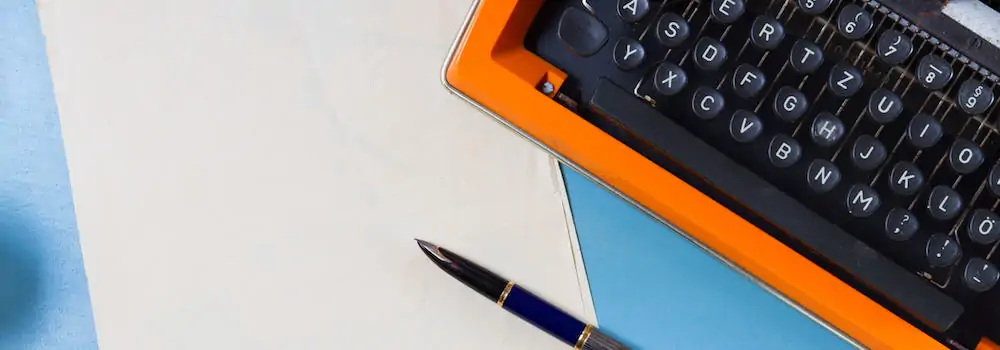It would be awesome if you could produce the perfect final draft of your assignment, the very first time you sat down at your laptop. Unfortunately, as the saying goes, “Rome wasn’t built in a day!” If you’re aiming for that A, you’ll need to go through several important processes before you reach the final editing stage — the first of these being prewriting. Otherwise, it’s like trying to ice a cake before you bake it. Impossible, right?
Why Do I Need To Prewrite?
As we all have our own individual learning styles, prewriting can mean different things to different people. But whatever your method, the endgame should be the same. At the end of the prewriting process you should be clear about what you are trying to communicate, how you are trying to communicate it, and who you are trying to communicate it to. Forget using a grammar checker at this point — checks, tweaks and edits can come later. At the prewriting stage, it’s all about coming up with as many ideas as possible to see what will work best — and ultimately get you the best possible grade!
What Are The Different Prewriting Techniques?
Popular ways to get the prewriting process going are outlining (where you list your ideas), diagramming, storyboarding, and clustering (also known as mind mapping). Clustering involves taking your central idea, circling it in the middle of the page, then writing down all the things you associate with your idea around it. For example, if your broad topic is ‘climate change,’ then the phrases you write around it could include ‘CO2 emissions’, ‘plastic pollution in our oceans’, ‘deforestation of the rainforest’ and ‘intensive farming methods’. Another great idea is to freewrite, where you hone your idea and gain focus by writing freely about any thoughts you might have around the general topic.
What If I Don’t Have Any Ideas?
Prewriting is intended to help with exactly this problem. None of your fellow students or tutors will see what you come up with during the prewriting process, so you are free to let your imagination run wild. It’s not a problem if 99% of what you come up with in your brainstorming session ends up in the trash can — it’s the 1% that you can work with that you need to focus on. With any of the techniques above, it’s useful to set a timer and keep going until the time is up. That way, you can make sure you push past the obvious ideas to find something more original.
What Comes After Prewriting?
Finding your subject, planning how you are going to communicate it, and taking into account who you are going to communicate it to is only the first part of the paper-writing process. Next, you’ll move on to your first draft, which you will then need to keep editing until you’re happy with your work. Only at that point are you ready to do a final edit in preparation for handing in your assignment. Keeping a note of all your sources as you work will help when it comes to creating APA citations or citations in another format.
Checking that all the sources you have used to back up your argument have been correctly cited is an important factor in making sure your paper is ready to submit. Luckily, whether you are using the APA, Chicago/Turabian or MLA format, the BibMe citation tool can make this a stress-free part of the writing process.

